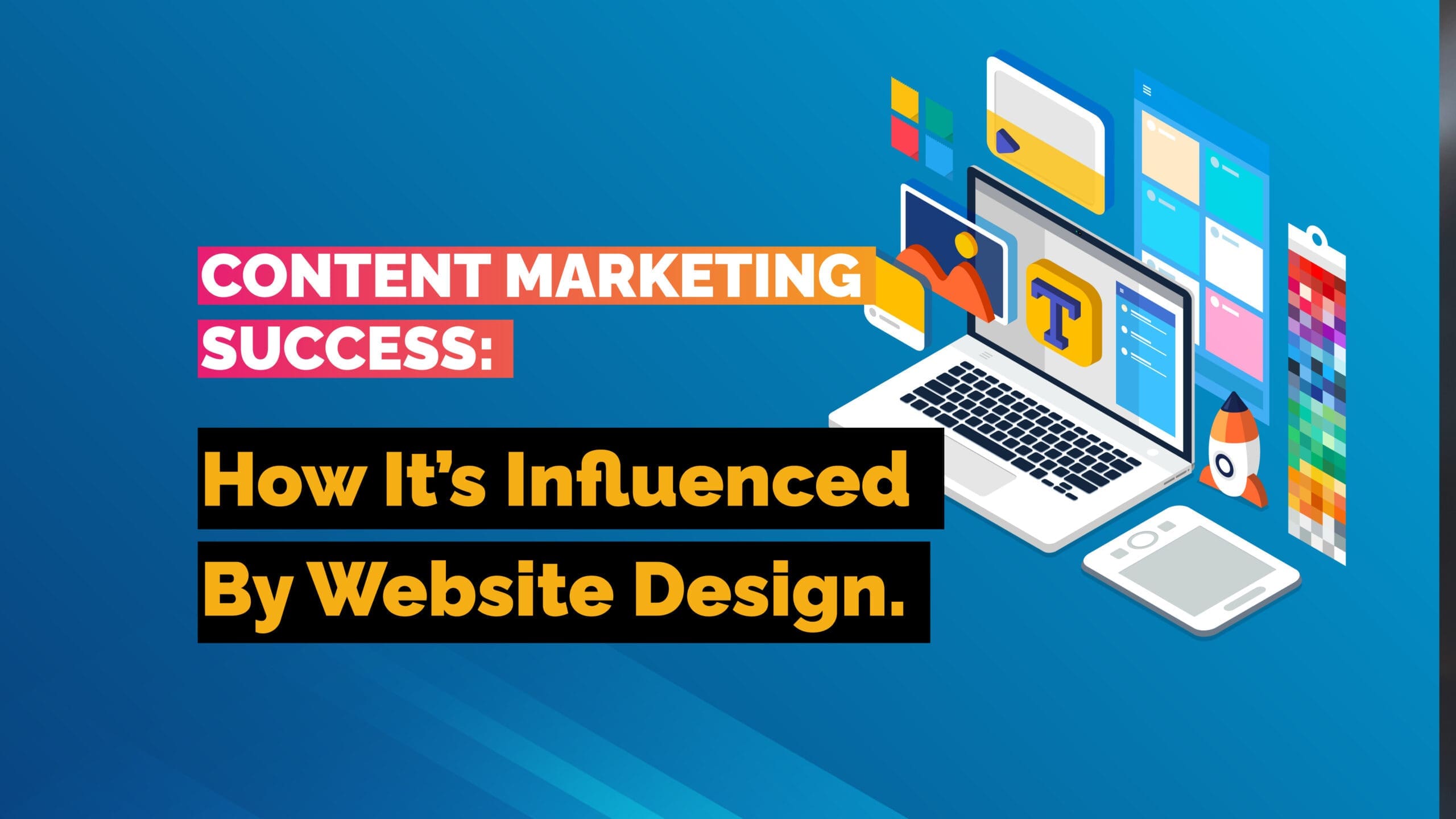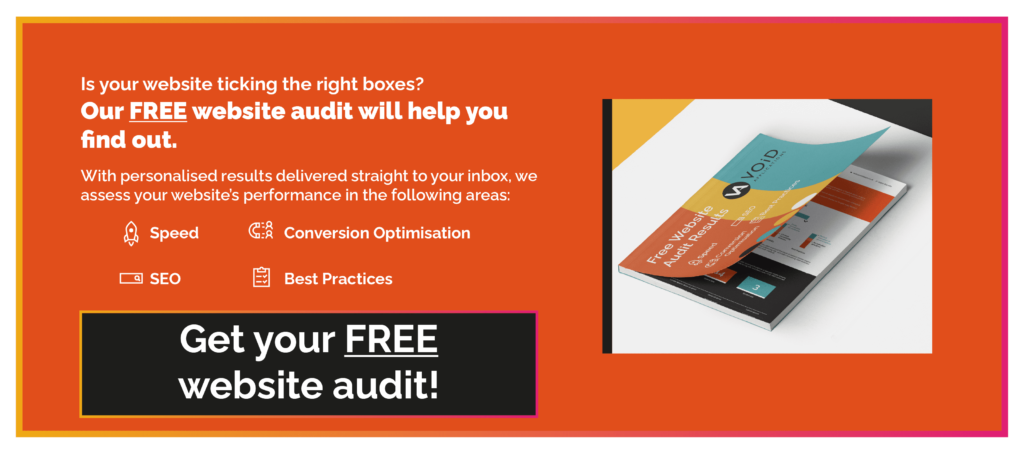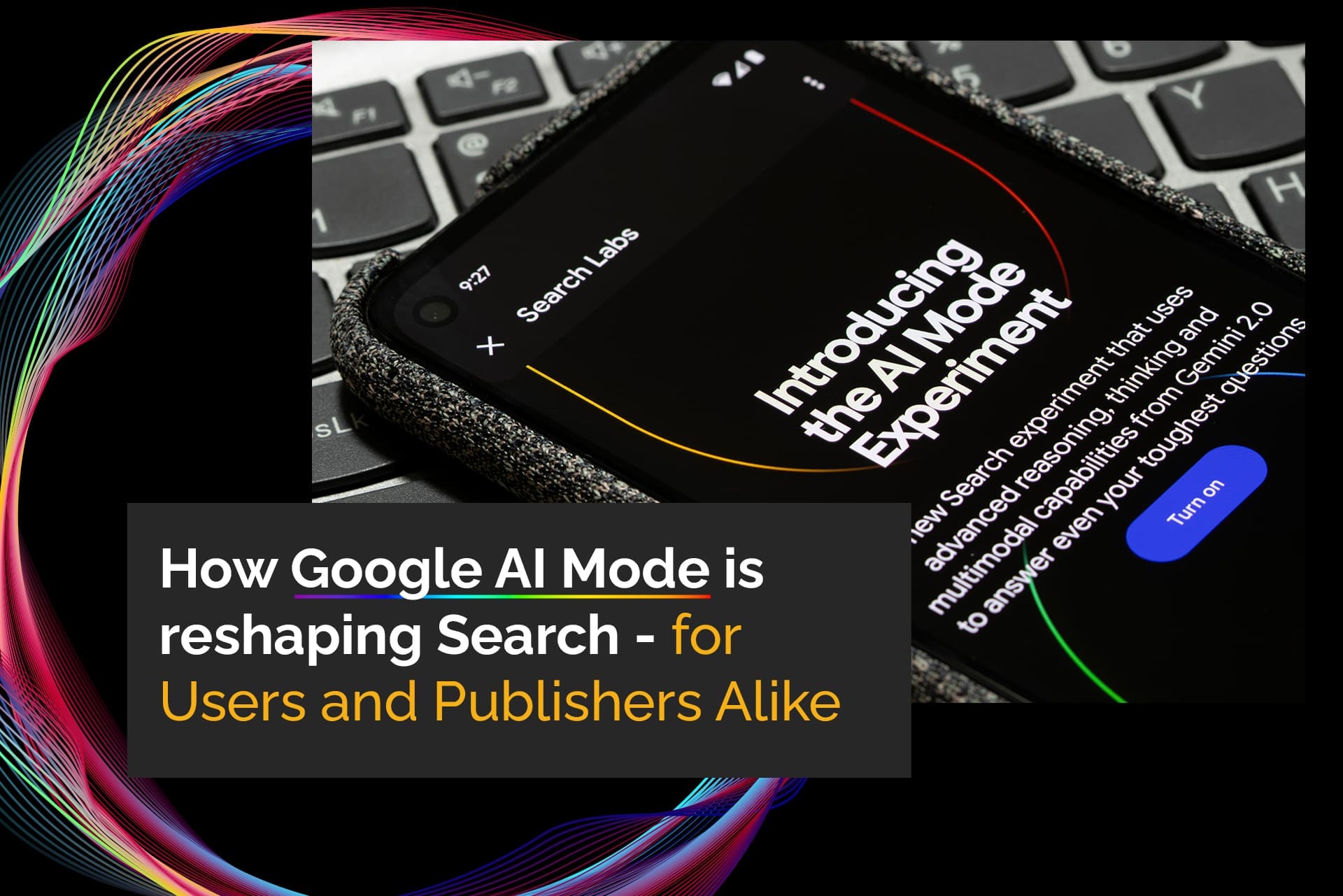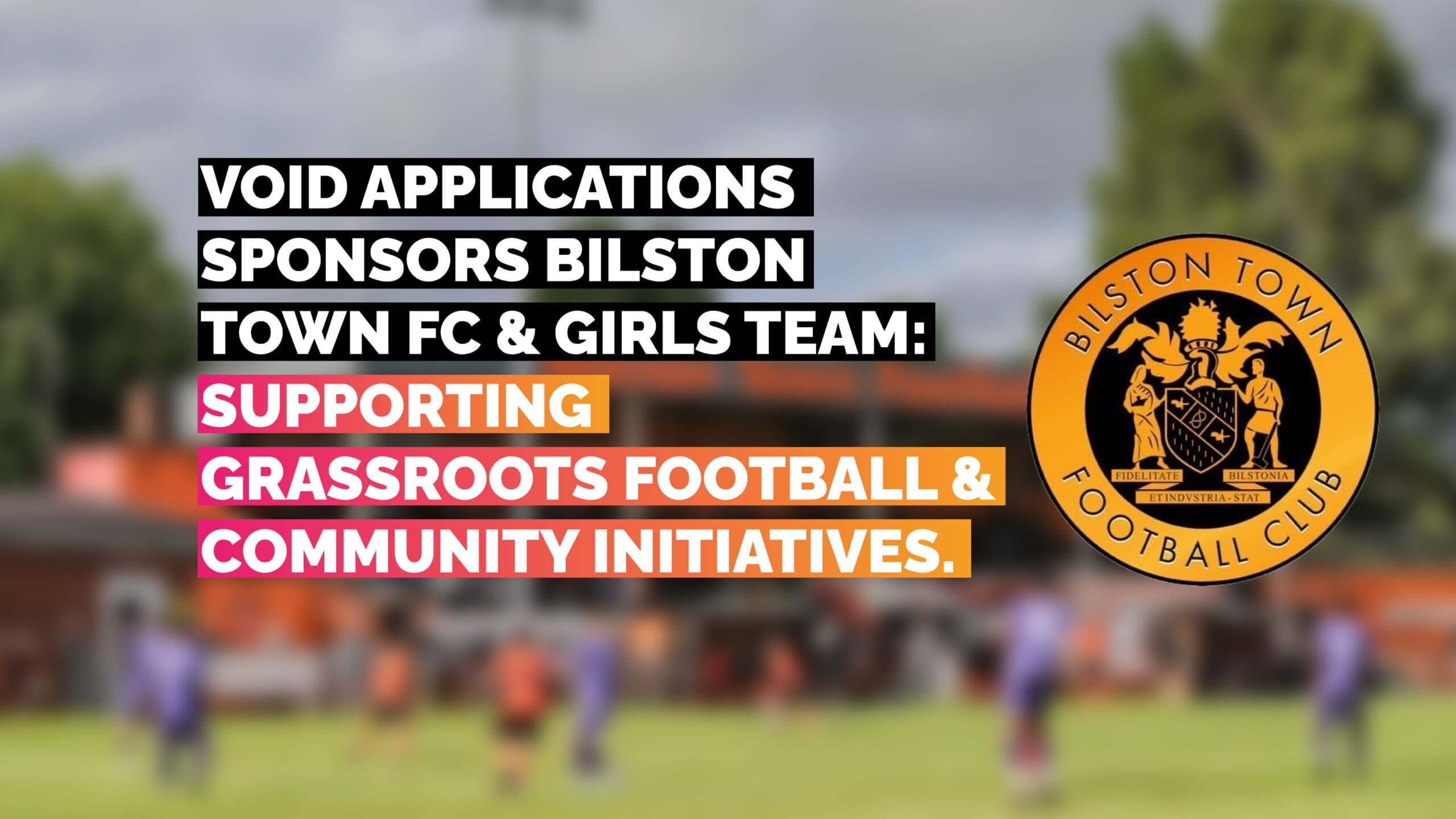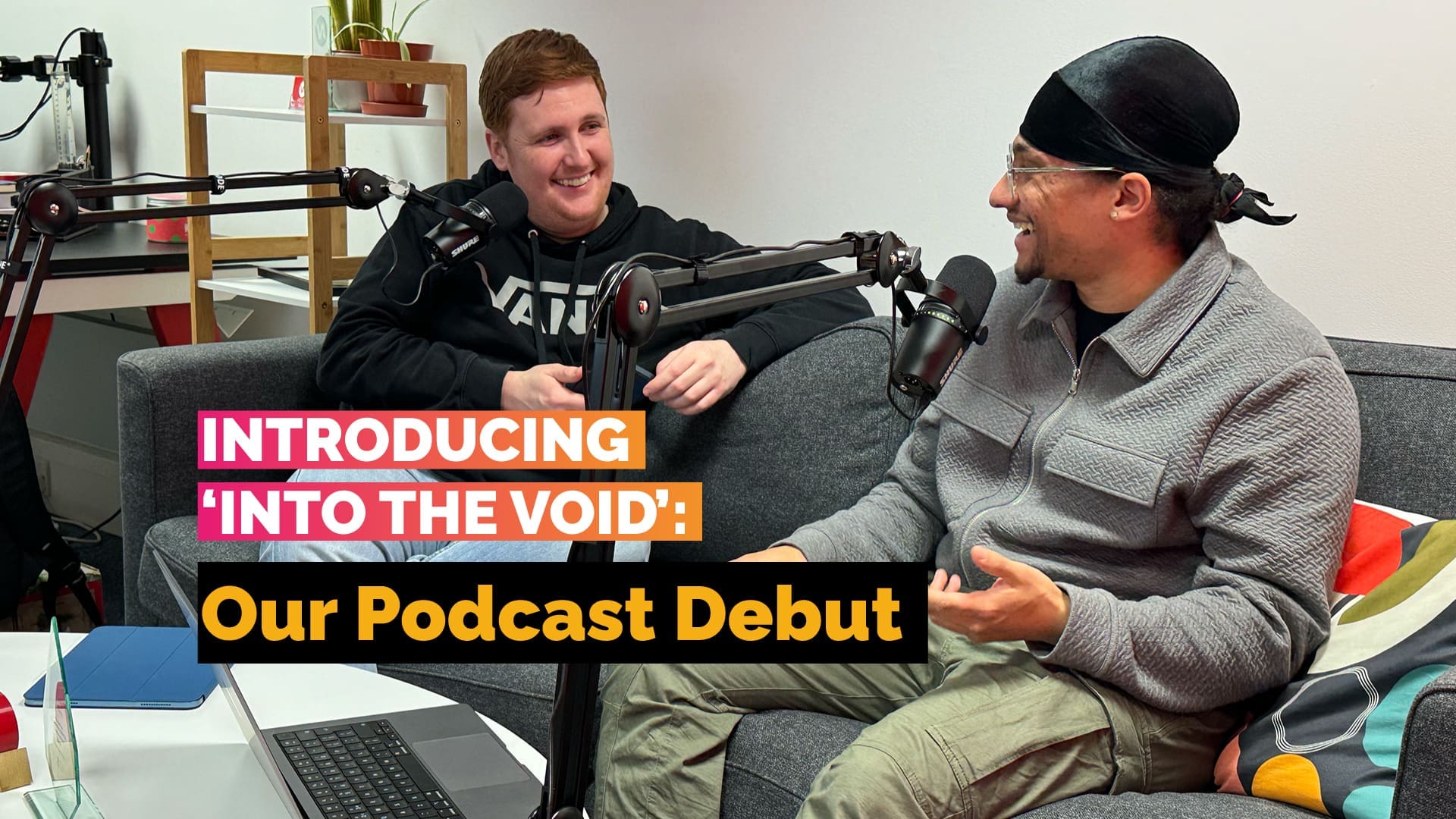So for businesses looking to increase their online presence, boost SEO, and convert visitors into loyal customers, combining top-tier web design with content marketing is a powerful way to achieve these goals.
At VOiD, we understand the importance of this synergy. From our Web Design services to our informative podcasts, we guide businesses in leveraging both creative content and cutting-edge design. Here’s a breakdown of how web design influences content marketing success and how your business can benefit from combining the two effectively.
Table of Contents
Enhancing User Experience

User experience is at the heart of any successful website. In fact, a well-designed site can dramatically improve how visitors interact with your content. Good web design simplifies navigation, ensures ease of access to information, and reduces friction points that could otherwise cause users to leave the site prematurely.
When users land on your website, they should immediately know where to find relevant information. A cluttered, busy, disorganised layout confuses visitors and can lead to higher bounce rates that turn people away. In contrast, clean, intuitive designs draw attention to your key content areas, facilitating an enjoyable and efficient browsing experience.
By streamlining navigation and ensuring that your website is responsive and user-friendly, you’re not just providing valuable content–you’re also ensuring that visitors stay longer, engage more, and increase the likelihood of them returning. An optimised user experience helps content marketing succeed by making your valuable information easily accessible to your target audience.
As a general rule of thumb, here’s what to look out for.
- Utilise clear and consistent navigation menus.
- Break up long blocks of text with images, headings, and bullet points.
- Ensure fast page loading speeds to reduce bounce rates.
- Use responsive design to provide a seamless experience on all devices.
A beautifully designed website means little if it doesn’t rank well in search engines, which is why good web design should go hand in hand with great content.
Boosting SEO Performance
Search engine optimisation (SEO) is another crucial aspect of digital marketing, and web design can either support or hinder your SEO efforts. A beautifully designed website means little if it doesn’t rank well in search engines, which is why good web design should go hand in hand with great content.
One of the most important factors in SEO is mobile-friendliness. Google’s algorithms prioritise mobile-first indexing, meaning that sites that are responsive across devices often rank higher in search results. Additionally, a well-structured website with optimised headings, images, meta tags, and clean URLs makes it easier for search engines to crawl and index your content.
By implementing SEO best practices in your web design, such as creating fast-loading pages and ensuring accessibility for all users, you help search engines better understand and rank your site. This drives more organic traffic, leading to greater visibility and increased engagement with your content.
Here’s what to look out for when it comes to SEO:
- Optimise your site for mobile users with responsive design.
- Ensure fast page load speeds through compressed images and clean code.
- Use structured data and appropriate heading tags (H1, H2, H3) to improve readability and ranking.
- Create SEO-friendly URLs and alt text for images to enhance your site’s search visibility.
Increasing Conversion Rates
Your website isn’t just a platform for displaying content; it’s a critical tool for converting visitors into customers. Whether your goal is to sell products, generate leads, or promote a service, web design can play a decisive role in increasing your conversion rates.
One way that web design influences conversions is through the strategic placement of calls-to-action (CTAs). Well-designed CTAs can guide users toward taking a specific action whether it’s signing up for a newsletter, downloading a resource, or making a purchase. A good web design makes these CTAs stand out without being intrusive, encouraging visitors to take that next step.
Additionally, trust-building elements such as client testimonials, case studies, or security badges can be prominently displayed on your site, helping to reduce worries and instil confidence in potential customers. When combined with high-quality content, these design elements create a compelling case for visitors to convert.
Here are some tips on adding great CTAs:
- Position CTAs above the fold for maximum visibility.
- Use contrasting colours for CTAs to draw attention without overwhelming the user.
- Include testimonials, trust badges, and client logos to build credibility.
- Ensure that the checkout process or lead form is simple and streamlined.
Building Brand Credibility
Your website is a reflection of your brand, and design plays a crucial role in building your audience’s perception of your business. A well-crafted, professional-looking website fosters trust and enhances credibility, which can significantly influence how visitors engage with your content.
Web design can communicate brand values, convey professionalism, and even build trust with potential customers. Everything from colour schemes to typography, imagery, and layout should be consistent with your brand’s identity. A cohesive, polished design reassures visitors that your business is reputable and reliable.
Content marketing efforts are more effective when paired with a strong, credible brand image. If users perceive your site as outdated, cluttered, or difficult to navigate, they may question the reliability of your content and even your business as a whole. Strong web design ensures that visitors have a positive first impression, increasing the likelihood of them engaging with and trusting your content.
So here’s what to focus on when building brand credibility through your website:
- Maintain branding elements such as colours, fonts, and logos throughout the site.
- Use high-quality imagery and videos to reflect professionalism.
- Ensure your website is modern, up-to-date, and visually appealing.
- Highlight awards, certifications, and customer reviews to build trust.
Improving Social Media Engagement

Your website doesn’t exist in a vacuum–it’s a key part of your overall digital marketing ecosystem. Effective web design can help increase social media engagement, another important component of content marketing success.
Web design elements like social sharing buttons, embedded social feeds, and clear links to your social media profiles encourage visitors to interact with your brand across multiple platforms. Integrating these features into your design makes it easy for users to share your content, helping you extend its reach organically.
At the end of the day, a well-designed blog section or podcast page can drive social media traffic. When your content is visually engaging and easy to share, you boost the likelihood of it being circulated on social platforms, increasing both engagement and visibility.
Here are some tips on how to boost the social media engagement for your website:
- Place social sharing buttons prominently on blog posts and key pages.
- Embed social media feeds to showcase your latest updates and interactions.
- Ensure your site is visually appealing on mobile, as many users access social media via smartphones.
- Encourage social media engagement with shareable content such as infographics, videos, or podcasts.
Enhancing Mobile Responsiveness
In a world where mobile devices dominate internet usage, ensuring your website is mobile-responsive is no longer optional. Mobile responsiveness is crucial for both user experience and SEO. A website that doesn’t function well on mobile devices will not only frustrate users but also suffer in search engine rankings.
A mobile-responsive design ensures that your site’s layout, images, and text adjust seamlessly to different screen sizes. This provides a consistent user experience whether someone is visiting your site from a desktop, tablet, or smartphone. In content marketing, this is essential: if your content doesn’t display properly on mobile, you risk losing a significant portion of your audience.
Mobile responsiveness also affects metrics like engagement and conversions. When users can easily navigate and interact with your content on any device, they’re more likely to stay on your site longer and convert into customers.
So when it comes to improving your website for mobile users, here’s what to focus on:
- Use flexible grid layouts and scalable images that adjust to different screen sizes.
- Prioritise touch-friendly navigation with larger buttons and links.
- Minimise pop-ups and autoplay elements that may disrupt the mobile experience.
- Test your website on multiple devices and screen sizes to ensure responsiveness.
Optimising Call-to-Actions
We’ve previously mentioned call-to-actions (CTAs), but it’s not enough to just include them–they have to be optimised as well! A compelling CTA is a critical element in driving conversions, whether you’re encouraging users to subscribe to a newsletter, download a guide, or make a purchase. However, even the most well-crafted CTA can fall flat if it’s not positioned or designed correctly.
Web design plays an essential role in optimising CTAs to maximise their impact. By using contrasting colours, strategic placement, and concise wording, you can create CTAs that are not only visually appealing but also highly effective. Additionally, ensuring that CTAs are visible across all devices, including mobile, will ensure that your content marketing efforts aren’t hindered by poor design choices.
So if you’re looking to optimise your CTAs, here’s what to focus on:
- Place CTAs in strategic locations, such as at the end of blog posts or product pages.
- Use contrasting colours to make CTAs stand out from the rest of the page.
- Keep CTA text clear, concise, and action-oriented (e.g., “Download Now” or “Get Started”).
- A/B test different CTA designs and placements to determine what works best for your audience.
Conclusion
By focusing on improving user experience, boosting SEO performance, increasing conversion rates, and building brand credibility, a well-designed website can amplify the success of your content marketing efforts. Additionally, improving social media engagement, enhancing mobile responsiveness, and optimising CTAs all contribute to a more effective digital marketing strategy as well.
At VOiD, we understand the power of blending exceptional web design with top-tier content marketing. By leveraging these design concepts, your business can attract more visitors, engage with them meaningfully, and convert them into loyal customers.











